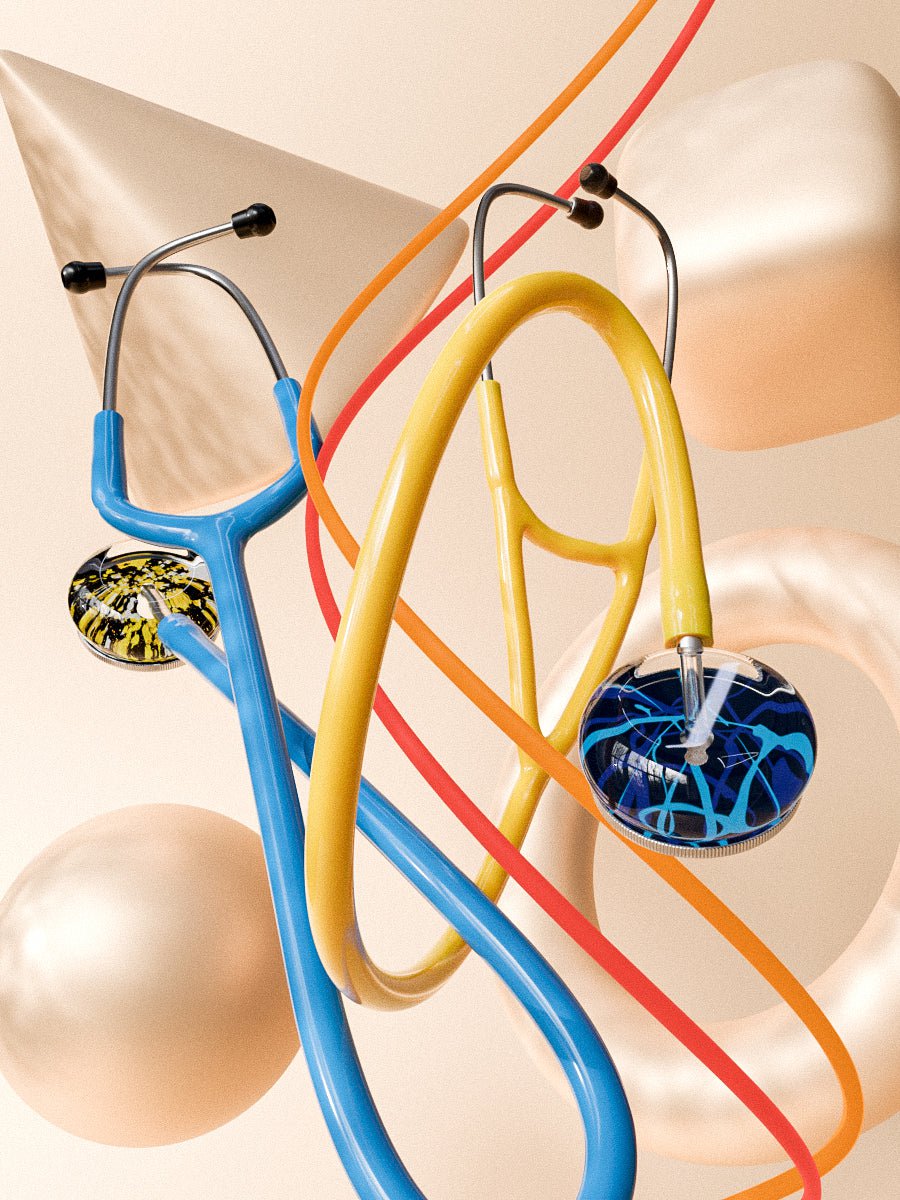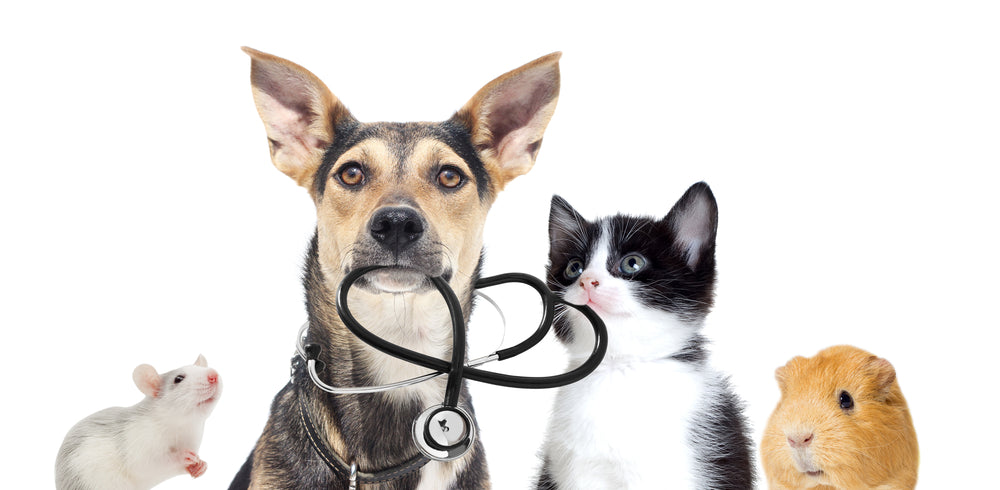What can you hear with a stethoscope? Well, just about anything that would require the use of one! A doctor's first tool is their trusty stethoscope. Since a stethoscope is an important investment, you'll want to be sure that it is returned to you if it gets lost. The best way to do that is to be sure you have a fairly unique stethoscope by personalizing it.
Learning to use a stethoscope is an important part of becoming a physician or nurse and it's very important that you have a high quality stethoscope such as the ones offered by Ultrascope. It allows us to listen in on what might be going on inside your body and helps us determine what we need to do next for treatment. In this blog post, we will take a look at some things you can expect to hear when listening through the chest piece and looking at both lung fields using the bell side of the instrument.
Some of the most common things heard through a stethoscope?
- Heart sounds.
- Lungs and breathing quality.
- Bowel sounds may also be heard, but this is rarer than what you might expect to hear through a stethoscope .
In addition to hearing these things with the bell side of the instrument, we can use it for listening more deeply into one area on the chest. For example, if there's concern the lung fields may have fluid in them, we can use it to see where that might be coming from and what needs to happen next.
Heart sounds heard by the stethoscope:
Some common heart sounds that can be heard by the stethoscope would include what's called a "lub-dub" or the heartbeat. There may also be what are known as heart murmurs, which sound like whooshing sounds that can occur in both healthy and unhealthy people.
Types of lung sounds heard by the stethoscope:
If we have a listener on one side of the chest to hear what's happening in the lungs, we may hear what are known as "crackles" which sound like a light rattling or crackle that can be heard.
Bowel sounds:
We might also listen to bowel sounds with the stethoscope, such as gurgling and/or knocking noises for example if there is an obstruction.
Blood pressure:
Lastly, we might use a stethoscope to check blood pressure at the brachial artery in the arm or what's called the radial pulse which can be detected by pressing our fingers on different parts of that area if they're swollen or tender and feeling for pulsations.
Breathing issues that can be heard with a stethoscope?
The stethoscope can be used to check for breathing issues such as wheezing, rales or irregular breaths.
An example of what you could hear with a stethoscope:
- A crackling noise coming from the lungs would indicate that there is fluid in them which could mean pneumonia and bronchitis. It may also indicate a pulmonary edema.
- A wheezing noise can be heard in those who have asthma or chronic obstructive airways disease
- Rhonchi, which is like a low gurgling sound indicates that there are other changes going on such as bronchitis and lung cancer.
What else can a stethoscope be used for?
- The stethoscope can also be used to check for a heart murmur.
- It can help with blood pressure checks by listening at the groin and neck arteries, or it could be placed over parts of your chest such as your carotid artery
Are there different types of stethoscopes?
- There are many different types of stethoscopes, and each one has a specific use.
Basic Stethoscope: The basic stethoscope is for listening to sounds in an individual body cavity or on the outside of the chest. It's great for general examination purposes
Cardiology Stethoscope: This can be used to listen to heart and lung sounds
Pediatrics Stethoscope: This is a smaller, shorter type of stethoscope that can be used on children. It's also good for listening to the upper chest where there are fewer layers of bones
Auscultation/Adult Stethoscope: These are wider in order to cover both the chest and the back
Anatomical Stethoscope: This is specifically used to listen to heart sounds or bony structures, such as joints. It's especially good for listening to breath sounds in an individual who has lung problems
Radiology Stethoscope: These are made of soundproof materials so they don't interfere with a person who is being scanned
Final Thoughts:
When it comes to what a stethoscope can pick up on there are many different uses and sounds. This is why stethoscopes are so often used by doctors and nurses. This is also one of the first tools that training doctors and nurses get trained to use. Everything from heart, lungs, bowels, and arteries can be listened to with the use of a stethoscope.





